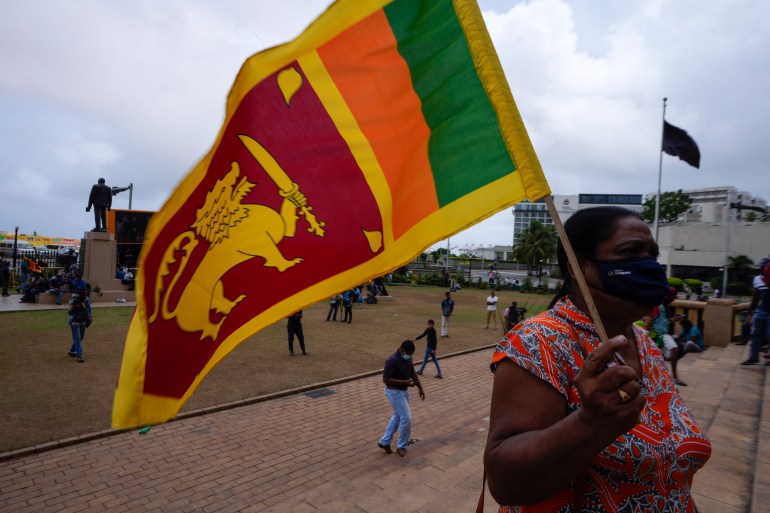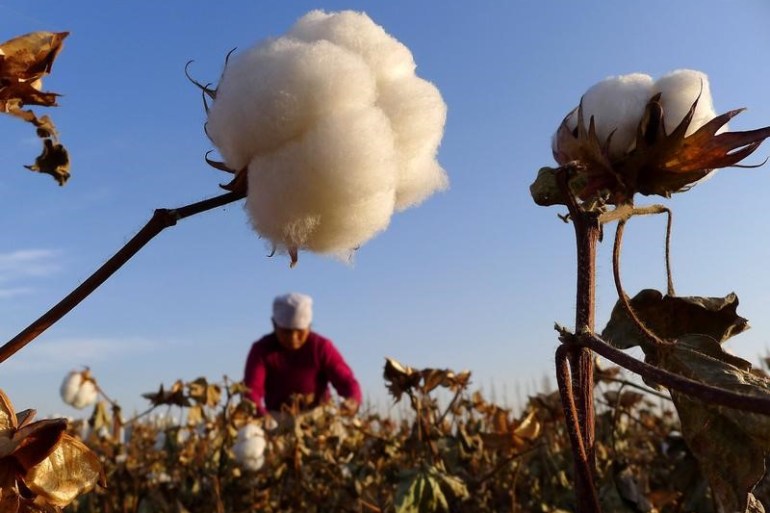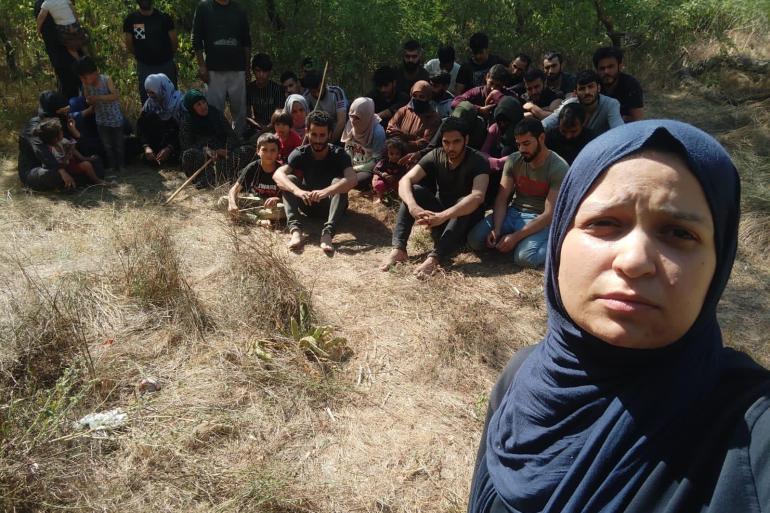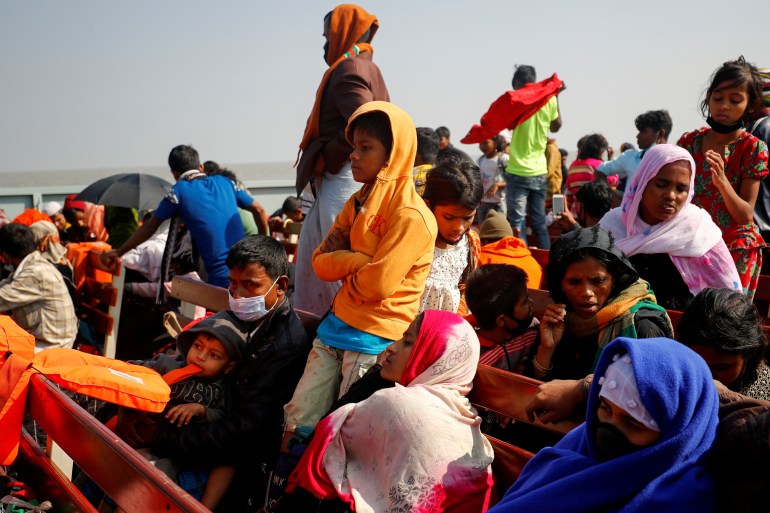මෙම ක්රියා දහයෙන් පටන් ගන්න!
දේශගුණික විපර්යාස සීමා කිරීමට සෑම කෙනෙකුටම උදව් කළ හැකිය. අපි ගමන් කරන විදිහේ ඉඳන්, පාවිච්චි කරන විදුලි බලයෙන්, කන කෑමෙන්, ගන්න දේවල්වලින් අපිට වෙනසක් කරන්න පුළුවන්.
එක් පුද්ගලයෙකුට හරිතාගාර වායු විමෝචනය රටවල් අතර බෙහෙවින් වෙනස් වේ. ඇමරිකා එක්සත් ජනපදයේ පුද්ගලයෙකු සාමාන්යයෙන් වසරකට CO2e ටොන් 17.6ක් පමණ නිෂ්පාදනය කරයි -- ඉන්දියාවේ පුද්ගලයෙකු මෙන් 10 ගුණයක් පමණ වන අතර ගෝලීය සාමාන්ය මෙන් තුන් ගුණයක් පමණ වේ. යුරෝපීය සංගමයේ සහ එක්සත් රාජධානියේ, සාමාන්ය පියසටහන වසරකට එක් පුද්ගලයෙකුට CO2e ටොන් 7.9 ක් පමණ වේ.
ජීවත්වීමට සුදුසු දේශගුණයක් ආරක්ෂා කර ගැනීම සඳහා, 2030 වන විට පුද්ගලයෙකුට වසරකට සාමාන්ය විමෝචනය CO2e ටොන් 2 සිට 2.5 දක්වා පහත වැටීමට අවශ්ය වනු ඇත. දේශගුණික අර්බුදය විසඳීම සඳහා මෙම ක්රියා දහයෙන් ආරම්භ කරන්න.
විසන්ධි කරන්න
නිවසේ ශක්තිය ඉතිරි කරන්න
අපගේ විදුලිය සහ තාපය බොහොමයක් ගල් අඟුරු, තෙල් සහ ගෑස් මගින් බල ගැන්වේ. ඔබේ උණුසුම සහ සිසිලනය අඩු කිරීම, LED විදුලි බුබුළු සහ බලශක්ති කාර්යක්ෂම විදුලි උපකරණ වෙත මාරු වීම, ඔබේ රෙදි සෝදන යන්ත්ර සීතල වතුරෙන් සේදීම හෝ වියළන යන්ත්රයක් භාවිතා කිරීම වෙනුවට වියලීමට දේවල් එල්ලීම මගින් අඩු ශක්තියක් භාවිතා කරන්න. උදාහරණයක් ලෙස වඩා හොඳ පරිවරණයක් හරහා ඔබේ නිවසේ බලශක්ති කාර්යක්ෂමතාව වැඩි දියුණු කිරීම හෝ ඔබේ තෙල් හෝ ගෑස් උදුන විදුලි තාප පොම්පයක් සමඟ ප්රතිස්ථාපනය කිරීමෙන් ඔබේ කාබන් පියසටහන වසරකට CO2e කිලෝග්රෑම් 900 දක්වා අඩු කළ හැකිය.
අඩුවෙන් එලවන්න
ඇවිදින්න, බයිසිකල් කරන්න, හෝ පොදු ප්රවාහනය ගන්න
ලෝකයේ මාර්ග වාහනවලින් අවහිර වී ඇති අතර ඒවායින් බොහොමයක් ඩීසල් හෝ පෙට්රල් දහනය කරයි. රිය පැදවීම වෙනුවට ඇවිදීම හෝ බයිසිකලයක් පැදීම හරිතාගාර වායු විමෝචනය අඩු කරයි -- සහ ඔබේ සෞඛ්යයට සහ යෝග්යතාවයට උපකාරී වේ. දිගු දුරක් සඳහා, දුම්රියක් හෝ බස් රථයක් ගැනීම සලකා බලන්න. සහ හැකි සෑම විටම කාර්පූල් කරන්න. මෝටර් රථයකින් තොරව ජීවත් වීමෙන් ඔබේ කාබන් පියසටහන මෝටර් රථයක් භාවිතා කරන ජීවන රටාවකට සාපේක්ෂව වසරකට CO2e ටොන් 2 කින් අඩු කළ හැකිය.
ශාක පදනම් වූ ආහාර අනුභව කරන්න
වැඩිපුර එළවළු අනුභව කරන්න
වැඩිපුර එළවළු, පලතුරු, ධාන්ය වර්ග, රනිල කුලයට අයත් බෝග, ඇට වර්ග සහ බීජ, මස් සහ කිරි වර්ග අඩුවෙන් ආහාරයට ගැනීමෙන් ඔබේ පාරිසරික බලපෑම සැලකිය යුතු ලෙස අඩු කළ හැකිය. ශාක පදනම් වූ ආහාර නිෂ්පාදනය කිරීම සාමාන්යයෙන් අඩු හරිතාගාර වායු විමෝචනයකට හේතු වන අතර අඩු ශක්තියක්, භූමියක් සහ ජලය අවශ්ය වේ. මිශ්ර ආහාරයකින් නිර්මාංශ ආහාරයකට මාරු වීමෙන් ඔබේ කාබන් පියසටහන වසරකට CO2e කිලෝග්රෑම් 500කින් (හෝ වීගන් ආහාර වේලක් සඳහා කිලෝග්රෑම් 900 දක්වා) අඩු කළ හැක.
අඩුවෙන් පියාසර කරන්න
ඔබගේ සංචාරය සලකා බලන්න
ගුවන් යානා ෆොසිල ඉන්ධන විශාල ප්රමාණයක් දහනය කර සැලකිය යුතු හරිතාගාර වායු විමෝචනයක් ඇති කරයි. එය ඔබගේ පාරිසරික බලපෑම අවම කිරීමට වේගවත්ම ක්රමයක් ලෙස අඩු ගුවන් ගමන් සිදු කරයි. ඔබට හැකි විට, පාහේ මුණගැසෙන්න, දුම්රියක් ගන්න, නැතහොත් එම දිගු ගමන සම්පූර්ණයෙන්ම මඟ හරින්න. එක් අඩු දිගු ආපසු ගුවන් ගමනක් ගැනීමෙන් ඔබේ කාබන් පියසටහන CO2e ටොන් 2කින් පමණ අඩු කළ හැක.
ආහාර නාස්තිය කපා දමන්න
අඩුවෙන් ආහාර ඉවතට විසි කරන්න
ඔබ ආහාර ඉවතලන විට, ඔබ එය වගා කිරීමට, නිෂ්පාදනය කිරීමට, ඇසුරුම් කිරීමට සහ ප්රවාහනය කිරීමට භාවිතා කළ සම්පත් සහ ශක්තිය ද අපතේ යවති. එමෙන්ම කුණු ගොඩක ඇති ආහාර කුණු වූ විට එය මීතේන් නම් ප්රබල හරිතාගාර වායුවක් නිපදවයි. එබැවින් ඔබ මිලදී ගන්නා දේ භාවිතා කර ඉතිරිව ඇති දේ කොම්පෝස්ට් කරන්න. ඔබේ ආහාර අපද්රව්ය කපා හැරීම මඟින් ඔබේ කාබන් පියසටහන වසරකට CO2e කිලෝග්රෑම් 300 කින් අඩු කළ හැකිය.
ප්රතිචක්රීකරණය කරන්න
අඩු කිරීම, නැවත භාවිතා කිරීම, අලුත්වැඩියා කිරීම සහ ප්රතිචක්රීකරණය කිරීම
අප මිලදී ගන්නා ඉලෙක්ට්රොනික, ඇඳුම් පැළඳුම් සහ අනෙකුත් භාණ්ඩ අමුද්රව්ය නිස්සාරණය කිරීමේ සිට භාණ්ඩ නිෂ්පාදනය සහ වෙළඳපොළට ප්රවාහනය කිරීම දක්වා නිෂ්පාදනයේ සෑම ස්ථානයකදීම කාබන් විමෝචනය කරයි. අපගේ දේශගුණය ආරක්ෂා කිරීමට, අඩුවෙන් දේවල් මිලදී ගන්න, දෙවනුව සාප්පු යන්න, ඔබට කළ හැකි දේ අලුත්වැඩියා කරන්න, සහ ප්රතිචක්රීකරණය කරන්න. නිපදවන සෑම රෙදිපිළි කිලෝග්රෑමයකින්ම CO2e කිලෝග්රෑම් 17ක් පමණ ජනනය කරයි. අඩුවෙන් නව ඇඳුම් - සහ අනෙකුත් පාරිභෝගික භාණ්ඩ - මිලදී ගැනීමෙන් ඔබේ කාබන් පියසටහන අඩු කළ හැකි අතර නාස්තිය ද අඩු කළ හැකිය.
පුනර්ජනනීය බලශක්තිය භාවිතා කරන්න
ඔබේ නිවසේ බලශක්ති ප්රභවය වෙනස් කරන්න
ඔබේ නිවසේ ශක්තිය තෙල්, ගල් අඟුරු හෝ ගෑස් වලින් ලැබෙන්නේ දැයි ඔබේ උපයෝගිතා සමාගමෙන් විමසන්න. හැකි නම්, ඔබට සුළඟ හෝ සූර්යය වැනි පුනර්ජනනීය ප්රභවයන් වෙත මාරු විය හැකිදැයි බලන්න. එසේත් නැතිනම් ඔබේ නිවස සඳහා බලශක්ති උත්පාදනය කිරීම සඳහා ඔබේ වහලය මත සූර්ය පැනල සවි කරන්න. ඔබේ නිවස තෙල්, ගෑස් හෝ ගල් අඟුරු බලයෙන් ක්රියාත්මක වන බලශක්තියෙන් සුළඟ හෝ සූර්යය වැනි පුනර්ජනනීය බලශක්ති ප්රභවයන් වෙත මාරු කිරීමෙන් ඔබේ කාබන් පියසටහන වසරකට CO2e ටොන් 1.5කින් අඩු කළ හැක.
විදුලි මෝටර් රථය
විදුළි වාහනයකට මාරු වෙන්න
ඔබ මෝටර් රථයක් මිලදී ගැනීමට අදහස් කරන්නේ නම්, වෙළඳපොළට පැමිණෙන මිල අඩු මාදිලි සමඟ විදුලිය භාවිතා කිරීම ගැන සලකා බලන්න. බොහෝ රටවල, විදුලි මෝටර් රථ වායු දූෂණය අවම කිරීමට සහ ගෑස් හෝ ඩීසල් බලයෙන් ක්රියාත්මක වන වාහනවලට වඩා හරිතාගාර වායු විමෝචනය සැලකිය යුතු ලෙස අඩු කරයි. නමුත් බොහෝ විද්යුත් මෝටර් රථ තවමත් ක්රියාත්මක වන්නේ පොසිල ඉන්ධන වලින් නිපදවන විදුලි බලයෙන් වන අතර බැටරි සහ එන්ජින් සඳහා දුර්ලභ ඛනිජ අවශ්ය වන අතර ඒවා බොහෝ විට ඉහළ පාරිසරික හා සමාජ පිරිවැයක් දරයි. පෙට්රල් හෝ ඩීසල් බලයෙන් ක්රියාත්මක වන මෝටර් රථයකින් විදුලි වාහනයකට මාරු වීමෙන් ඔබේ කාබන් පියසටහන වසරකට CO2e ටොන් 2කින් අඩු කළ හැක. දෙමුහුන් වාහනයකින් ඔබට වසරකට CO2e කිලෝග්රෑම් 700ක් ඉතිරි කර ගත හැක.
ඔබේ මුදල් ගණන් කරන්න
ඔබේ මුදල් ගණන් කරන්න
අප මුදල් වියදම් කරන සෑම දෙයක්ම පෘථිවියට බලපායි. ඔබ සහාය දක්වන භාණ්ඩ සහ සේවා තෝරා ගැනීමට ඔබට බලය ඇත. ඔබේ පාරිසරික බලපෑම අවම කිරීම සඳහා, සම්පත් වගකීමෙන් යුතුව භාවිතා කරන සහ කපා හැරීමට කැපවී සිටින සමාගම්වලින් නිෂ්පාදන තෝරන්න
eir වායු විමෝචනය සහ අපද්රව්ය. උදාහරණයක් ලෙස විශ්රාම වැටුප් අරමුදලක් හරහා ඔබ වෙනුවෙන් ආයෝජනය කරන මුදල් ඔබ සතුව තිබේ නම්, එය පොසිල ඉන්ධන හෝ වන විනාශයට සහාය වීම විය හැකිය. ඔබේ ඉතුරුම් පරිසර හිතකාමී ව්යාපාර සඳහා ආයෝජනය කර ඇති බවට වග බලා ගැනීමෙන් ඔබේ කාබන් පියසටහන බෙහෙවින් අඩු කළ හැකිය.
කතා කරන්න
කතා කරන්න
කතා කර ක්රියාමාර්ග ගැනීමට අන් අයව සම්බන්ධ කර ගන්න. එය වෙනසක් කිරීමට ඉක්මන්ම සහ වඩාත් ඵලදායී ක්රමවලින් එකකි. ඔබේ අසල්වැසියන්, සගයන්, මිතුරන් සහ පවුලේ අය සමඟ කතා කරන්න. ඔබ නිර්භීත වෙනස්කම් වලට සහය දක්වන බව ව්යාපාර හිමිකරුවන්ට දන්වන්න. දැන් ක්රියාත්මක වන ලෙස ප්රාදේශීය සහ ලෝක නායකයින්ට ආයාචනා කරන්න. දේශගුණික ක්රියාකාරකම් අප සැමගේ කාර්යයකි. ඒ වගේම ඒක අපි හැමෝටම අදාළයි. කිසිවෙකුට එය තනිවම කළ නොහැක - නමුත් අපට එය එකට කළ හැකිය. මෙහි අදහස් ගවේෂණය කරන්න.
"කාබන් පියසටහන" යන්නෙන් අදහස් කරන්නේ පුද්ගලයෙකුගේ ක්රියාකාරකම් හා සම්බන්ධ හරිතාගාර වායු විමෝචන ප්රමාණයයි.
විමෝචනය කාබන් ඩයොක්සයිඩ් සමාන වන CO2e වලින් මනිනු ලැබේ, එය කාබන් ඩයොක්සයිඩ් පමණක් නොව මීතේන් සහ නයිට්රස් ඔක්සයිඩ් වැනි අනෙකුත් හරිතාගාර වායූන් ද සැලකිල්ලට ගනී, ඒවා එකම ගෝලීය උනුසුම් විභවයක් ඇති කාබන් ඩයොක්සයිඩ් සමාන බවට පරිවර්තනය කිරීමෙන්.
අඩු කාබන් ජීවන රටාවන් පිළිබඳ වඩාත් සවිස්තරාත්මක තොරතුරු සඳහා, එක්සත් ජාතීන්ගේ පරිසර වැඩසටහනේ විමෝචන පරතරය වාර්තාව 2020 බලන්න.
කාබන් අධික පරිභෝජනය අඩු කරන ආකාරය සහ අඩු කාබන් විකල්ප පරිමාණය කරන්නේ කෙසේද යන්න පිළිබඳ වැඩි විස්තර සඳහා, මෙම UNEP ප්රතිපත්ති සංක්ෂිප්තය බලන්න.
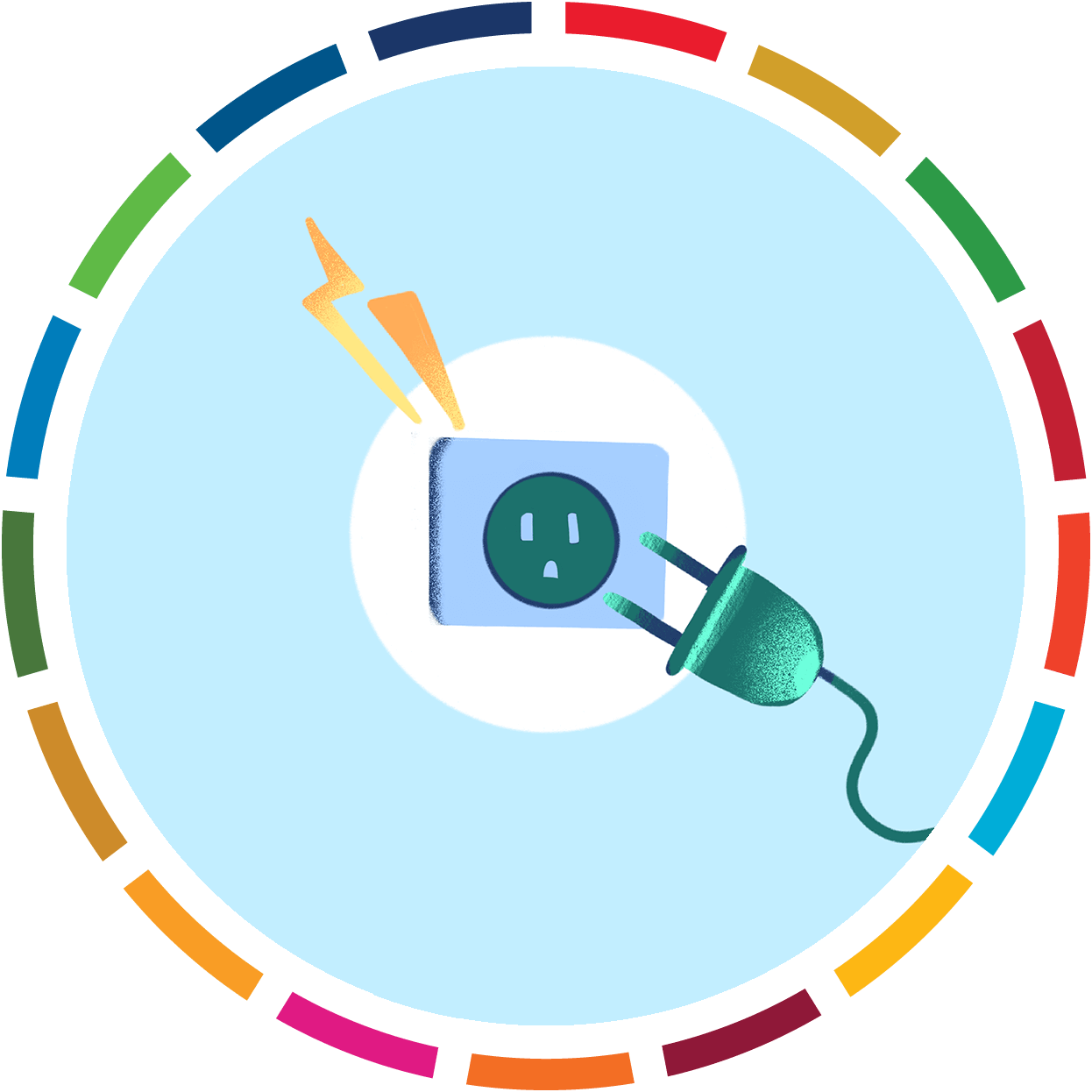
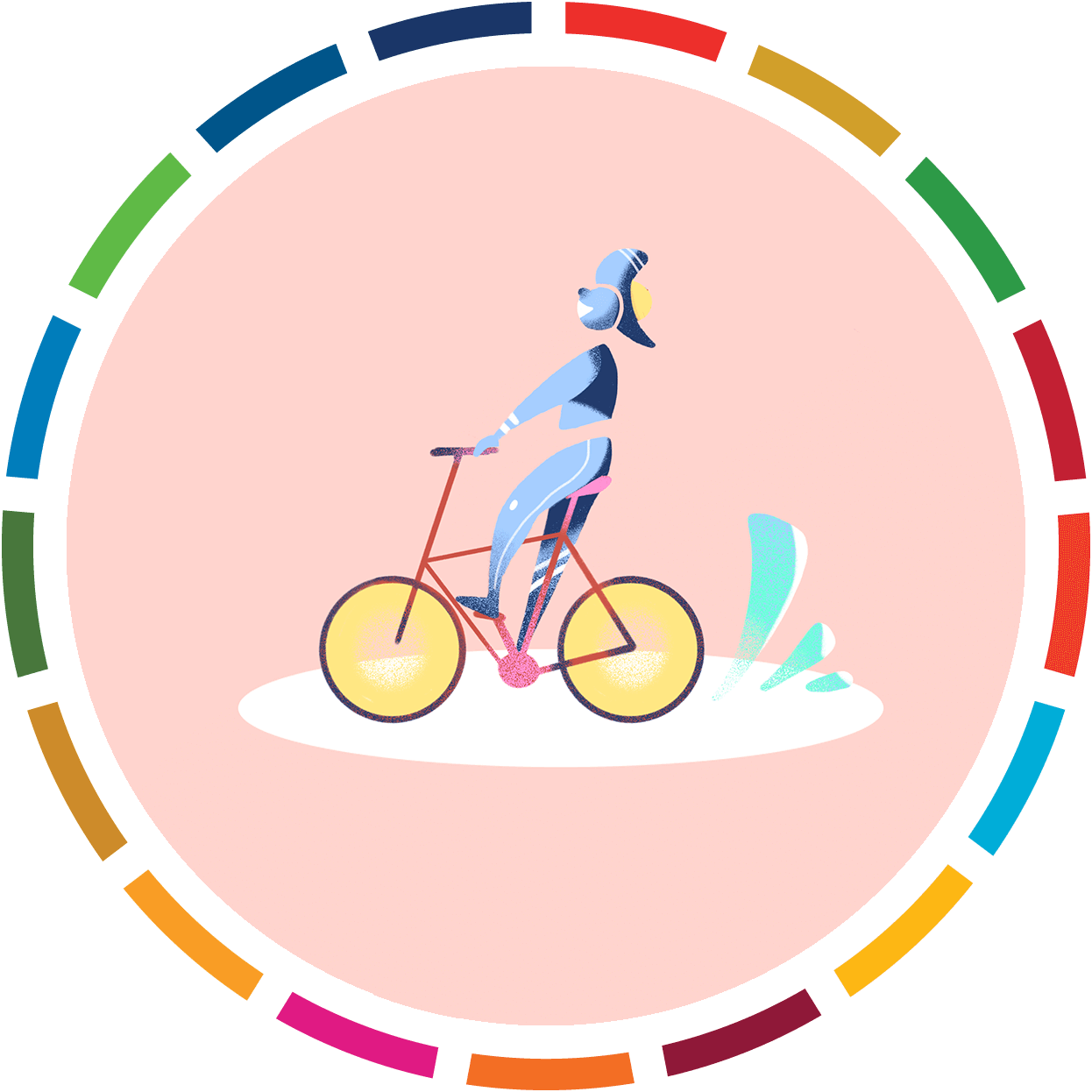
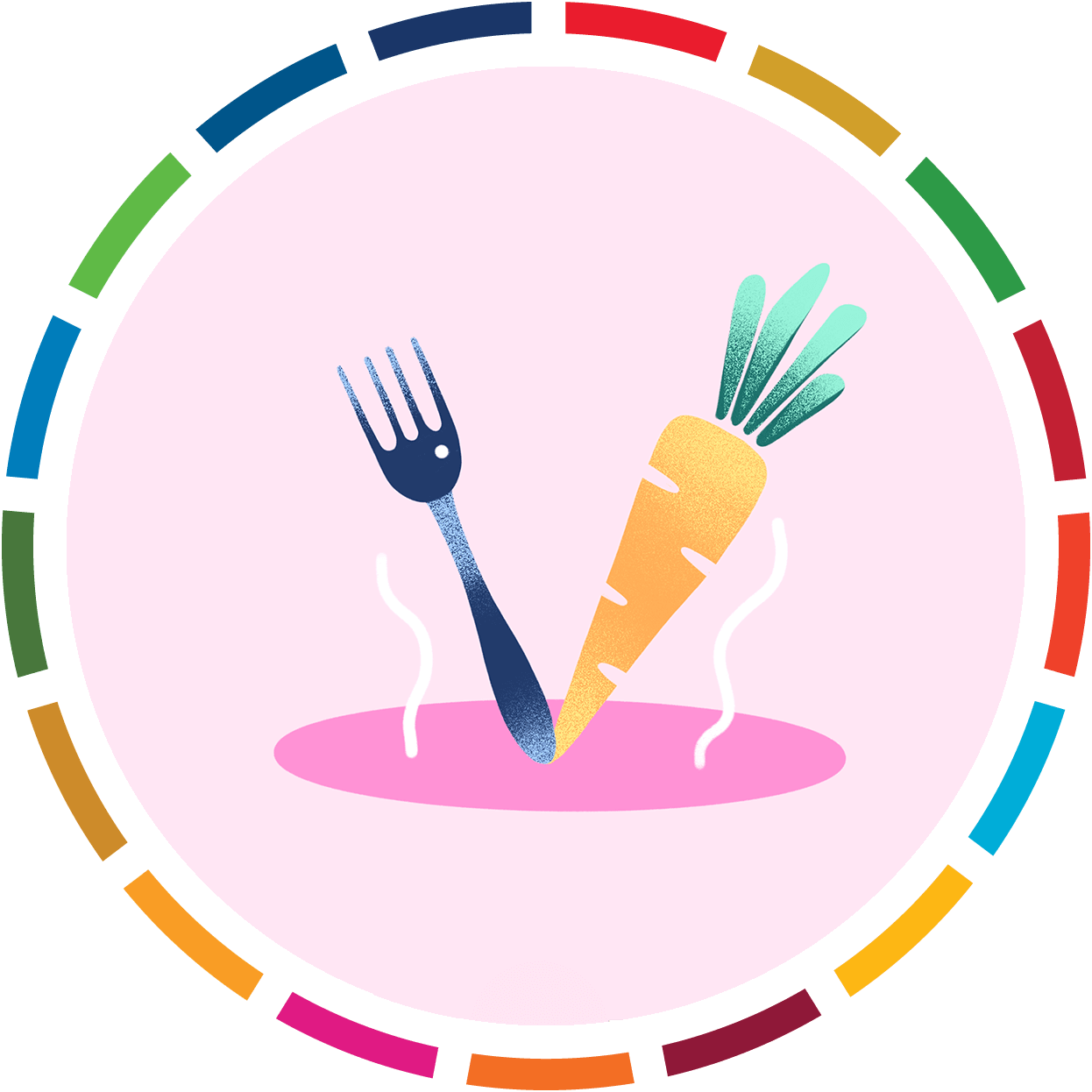
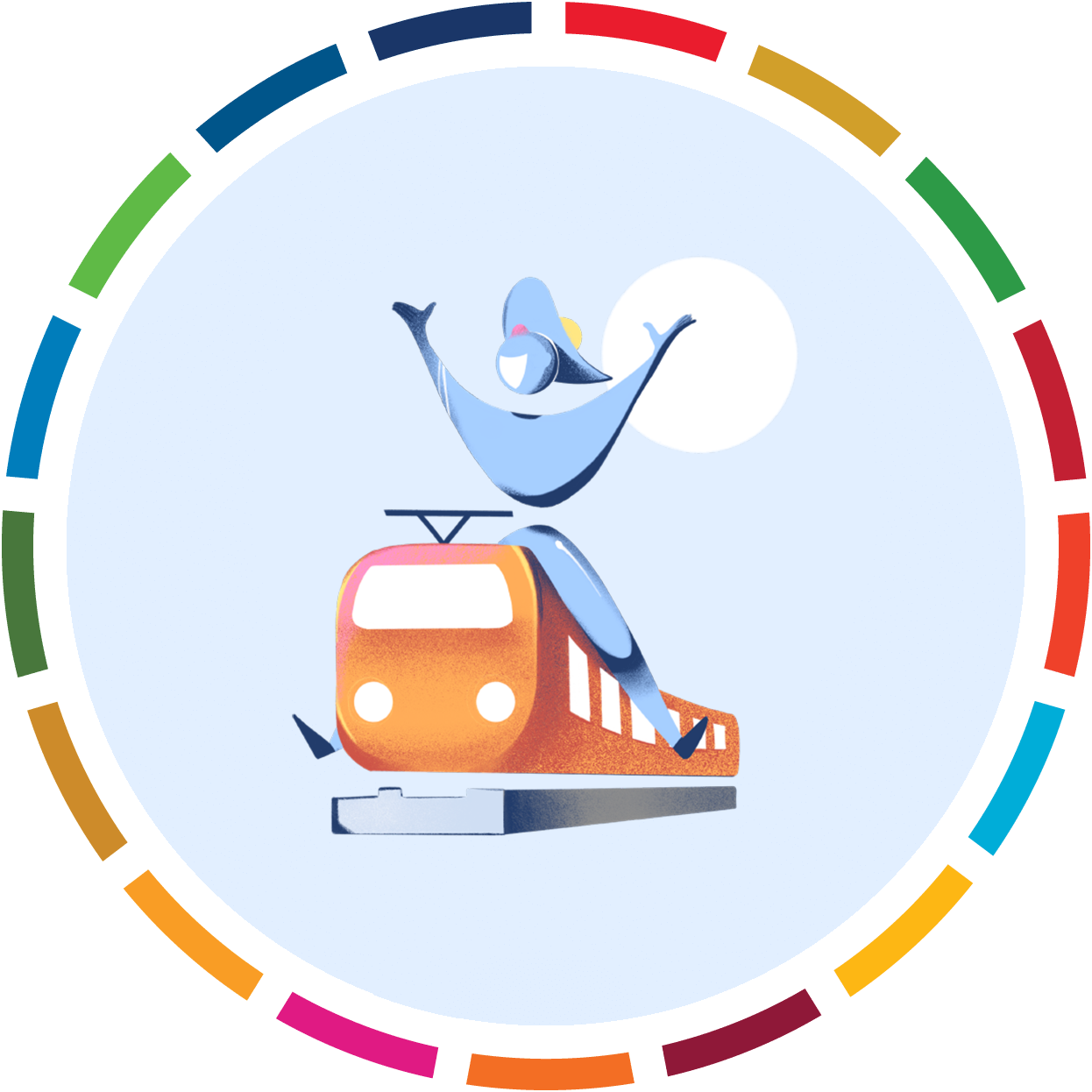
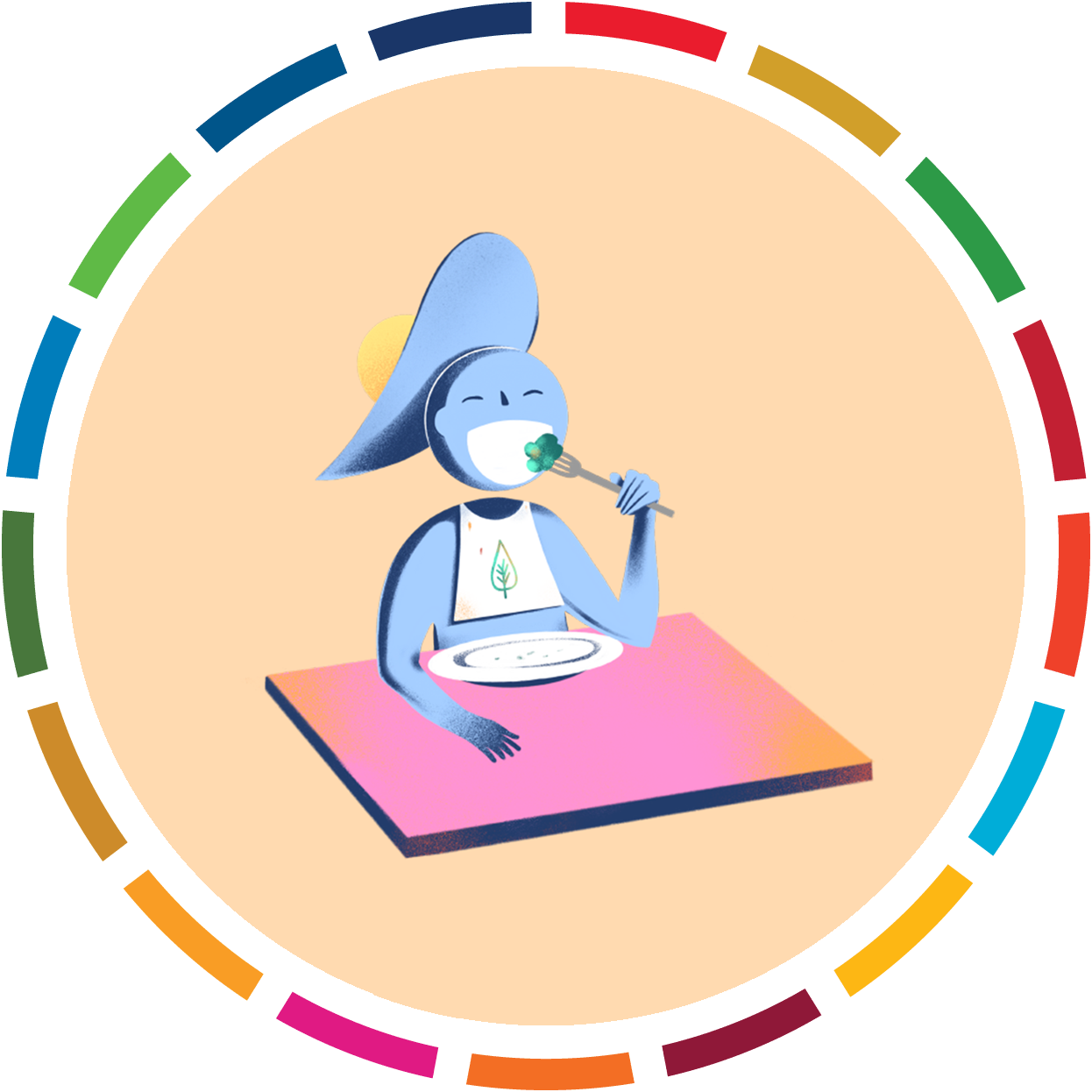

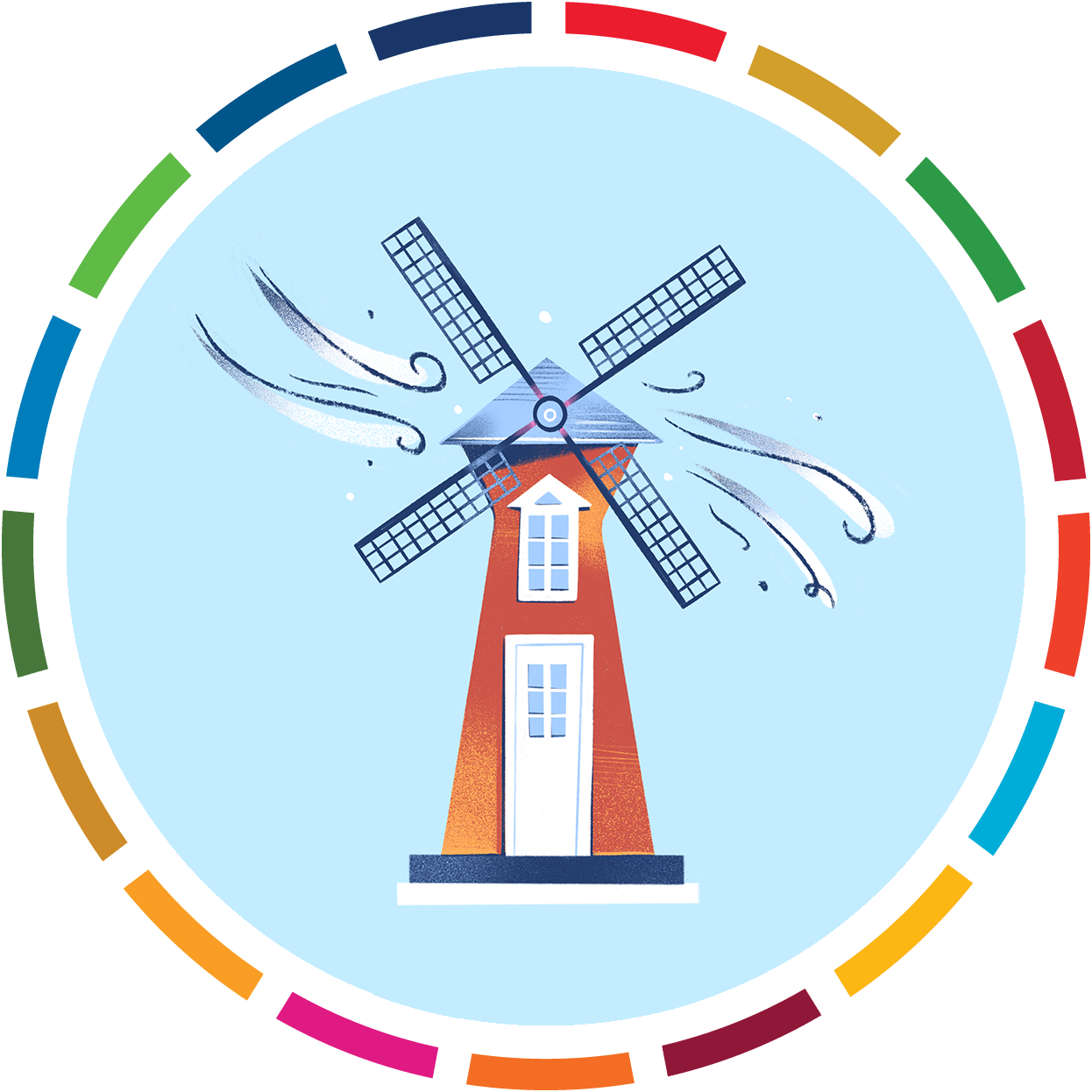
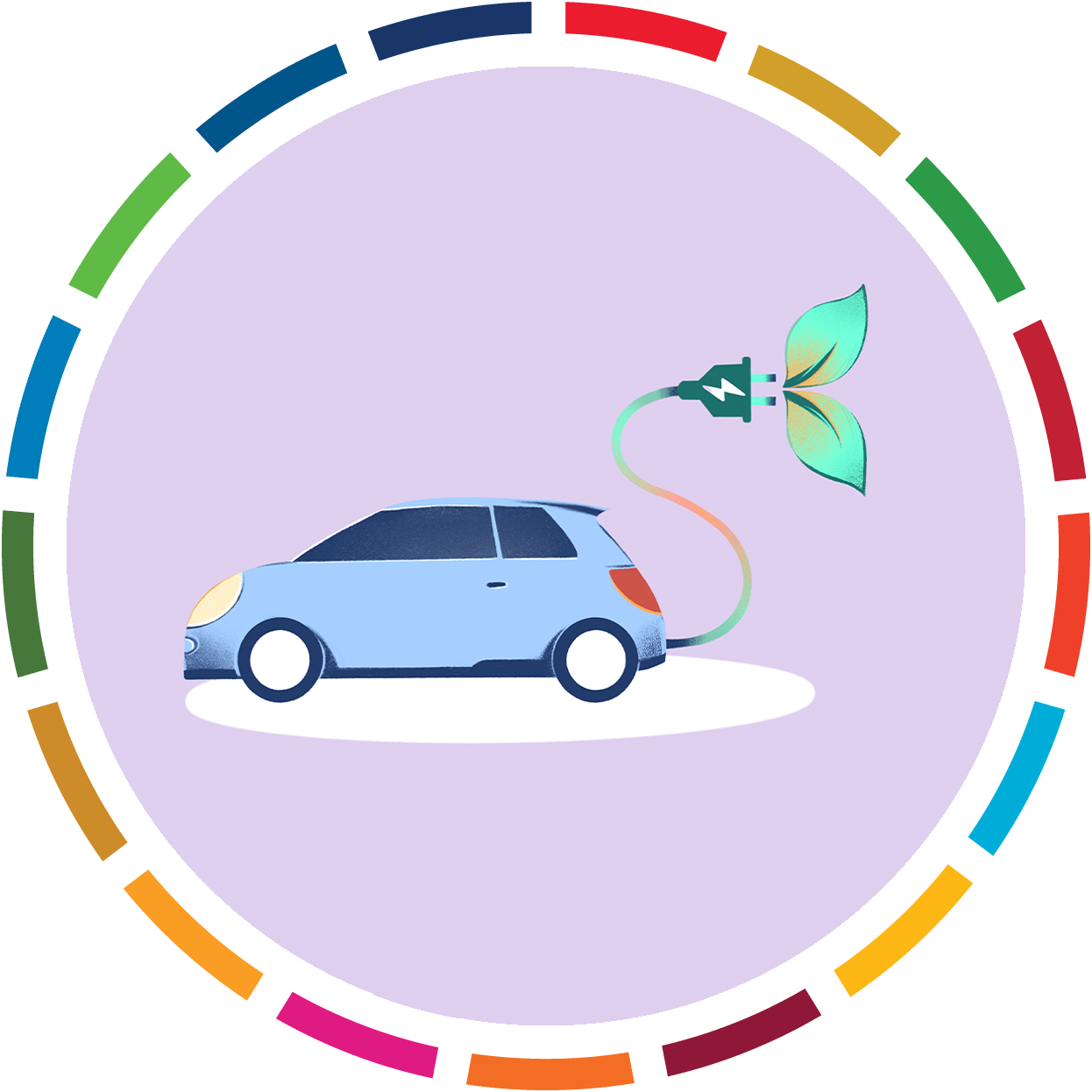
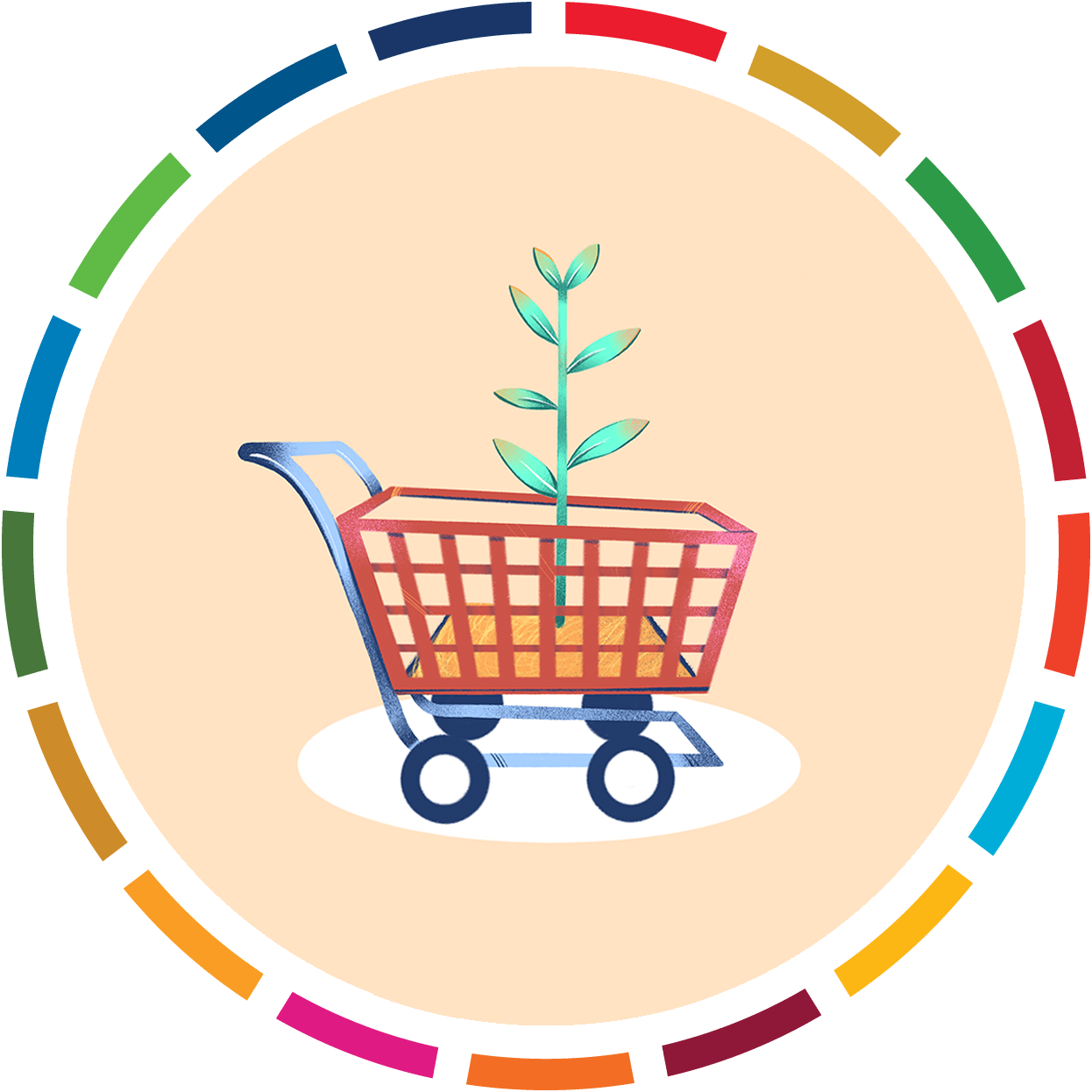

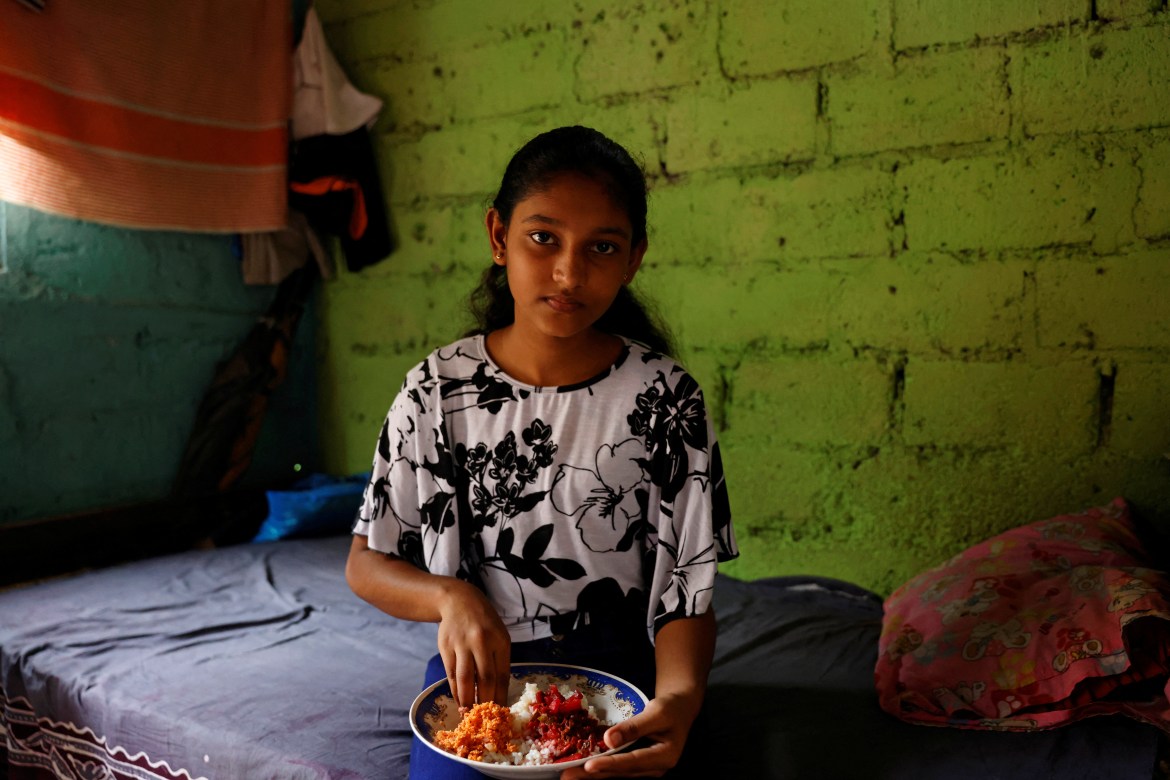
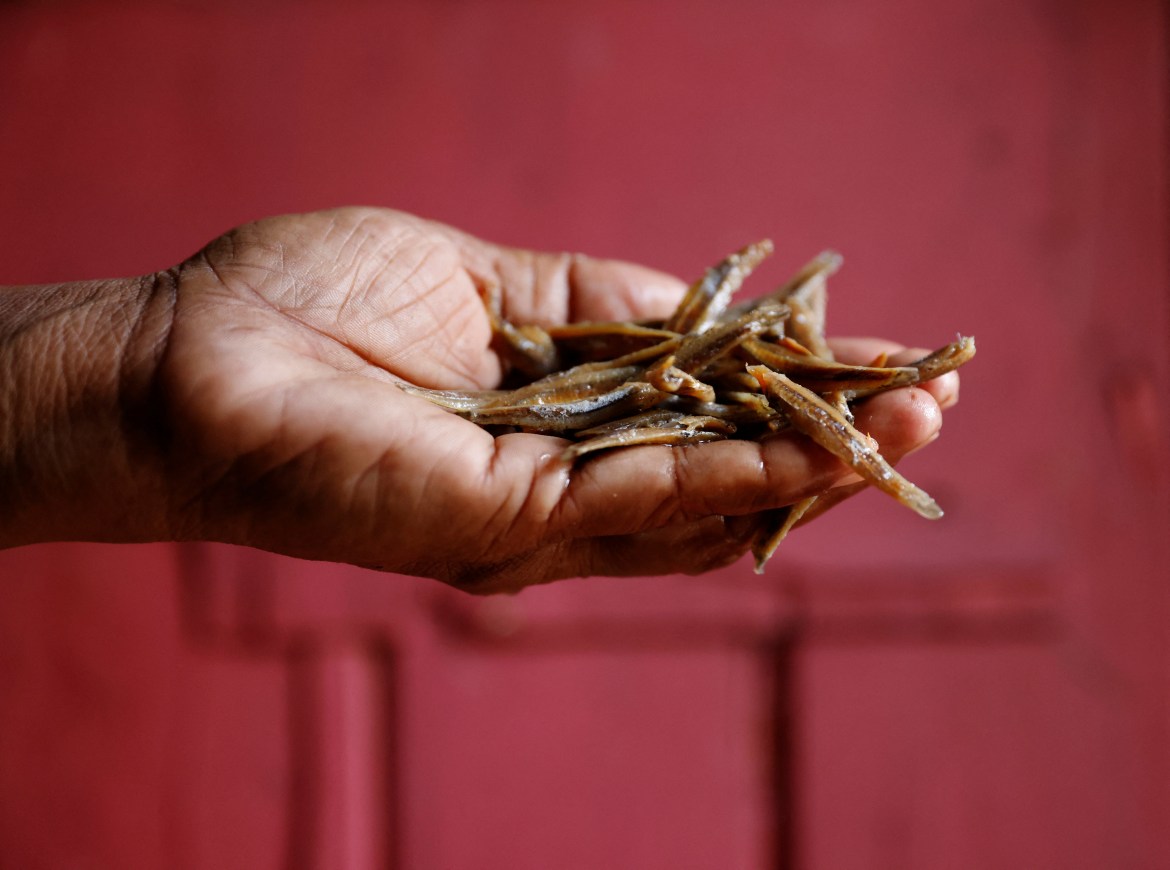

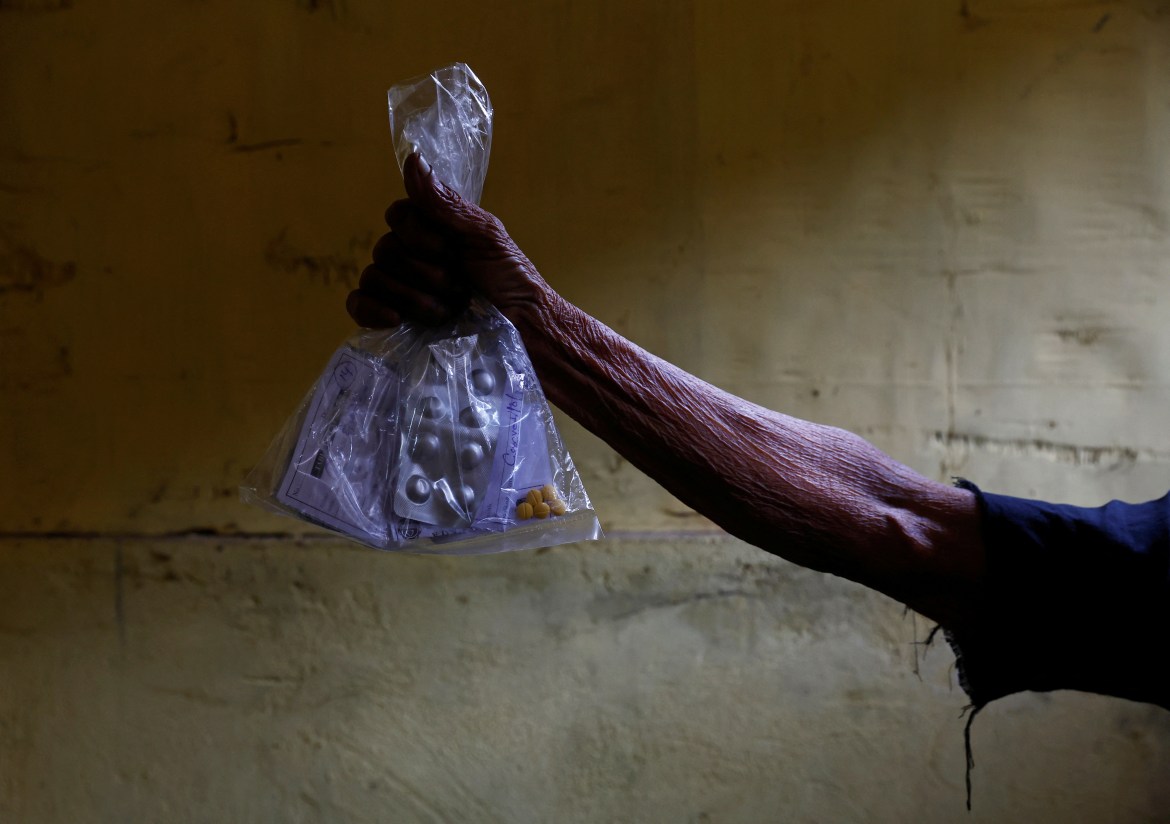
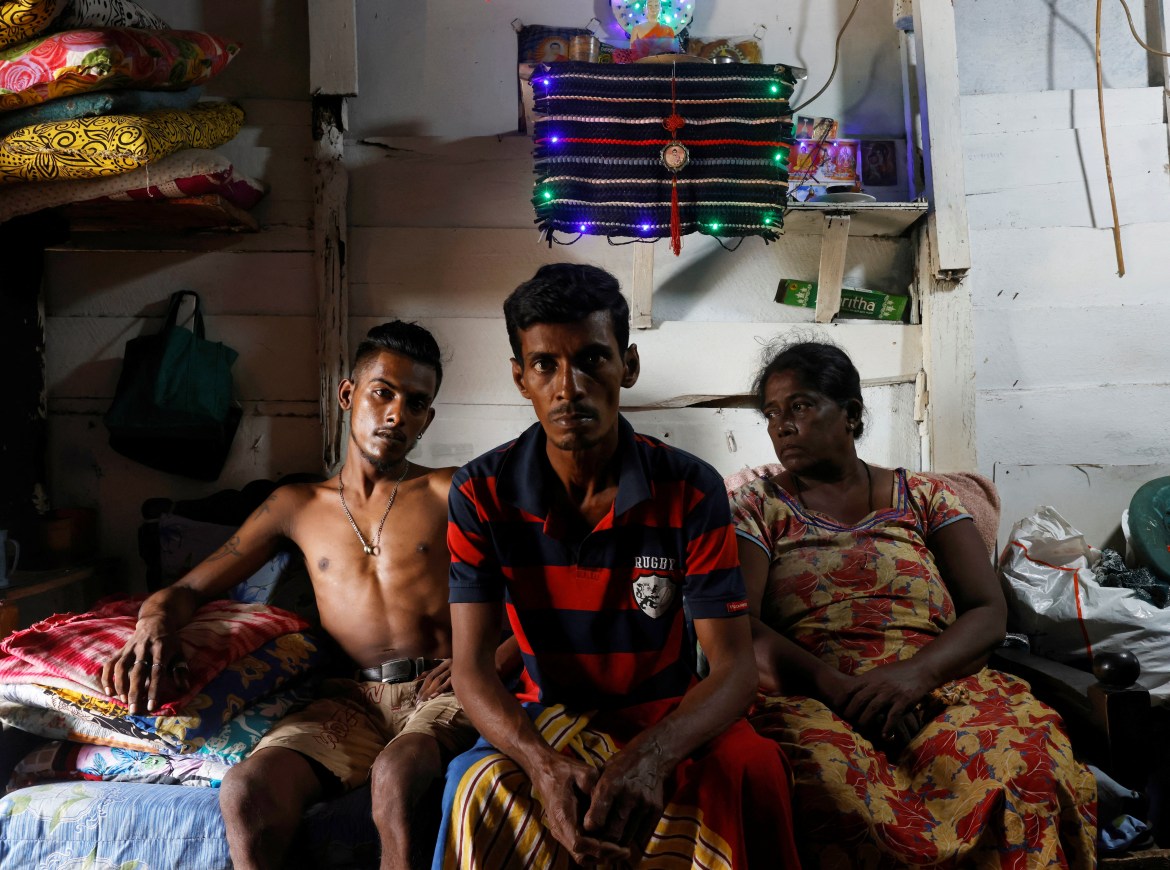
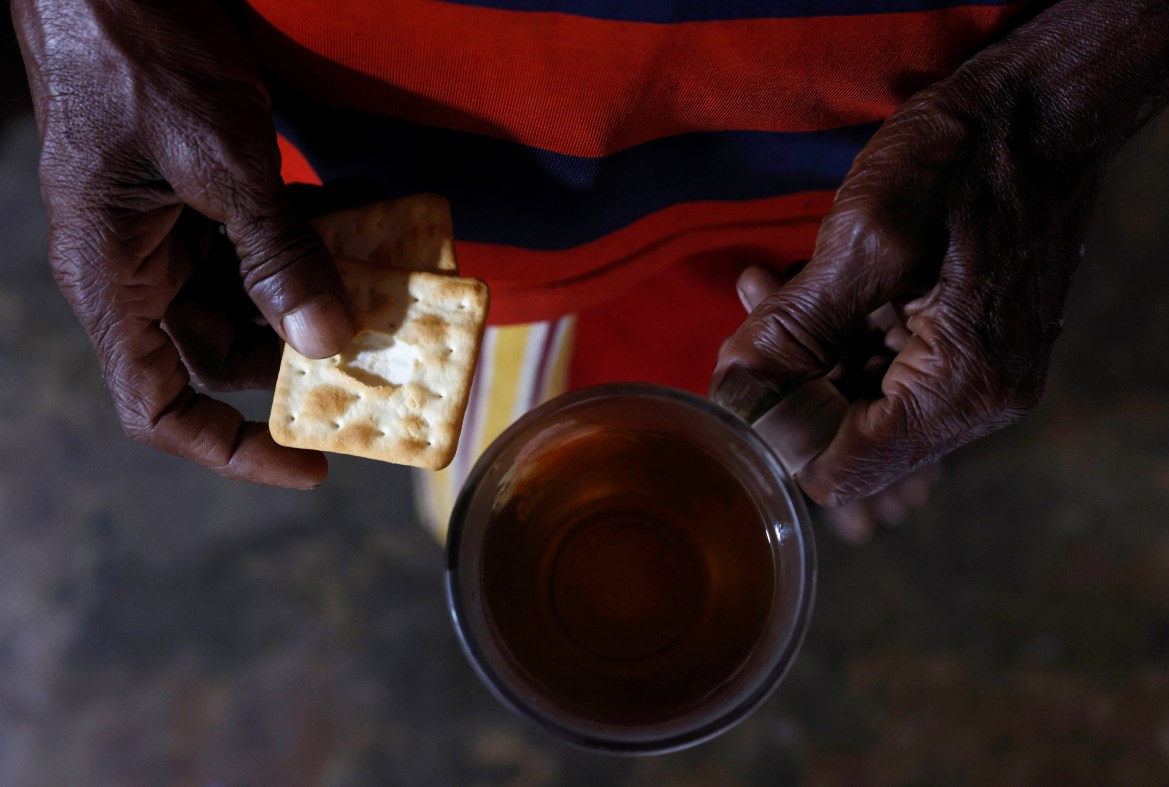
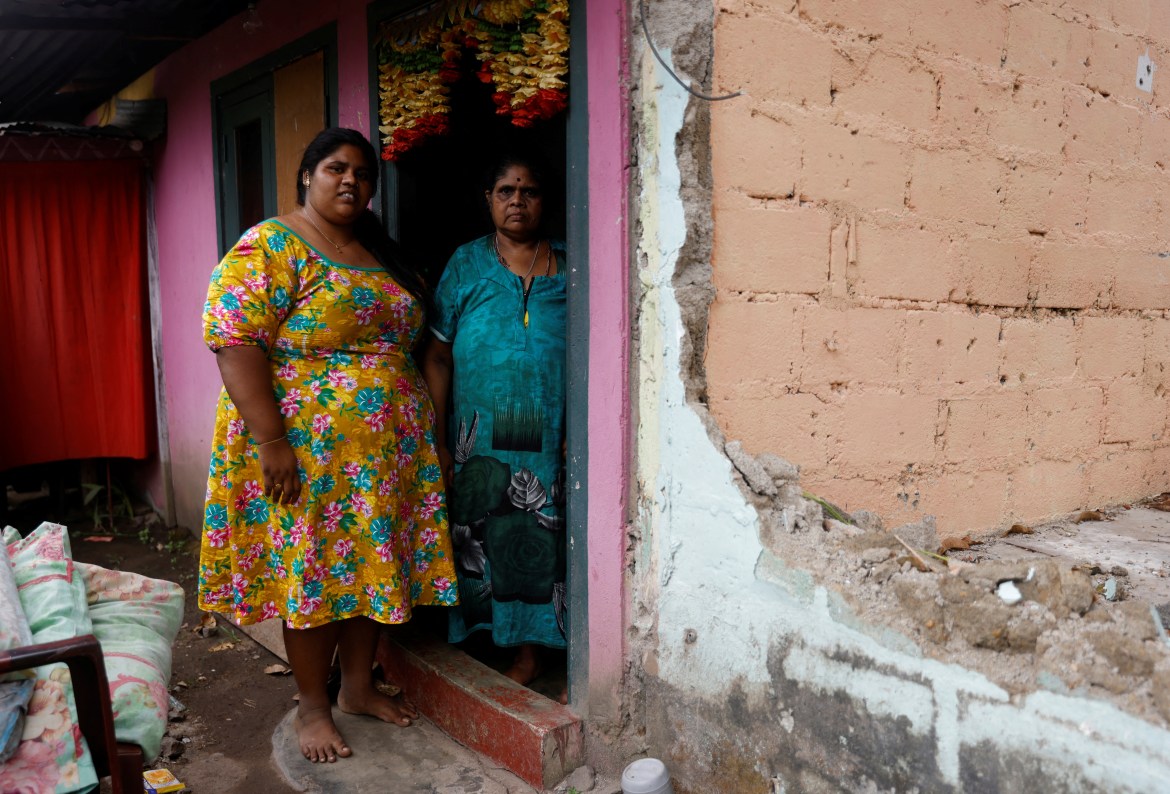


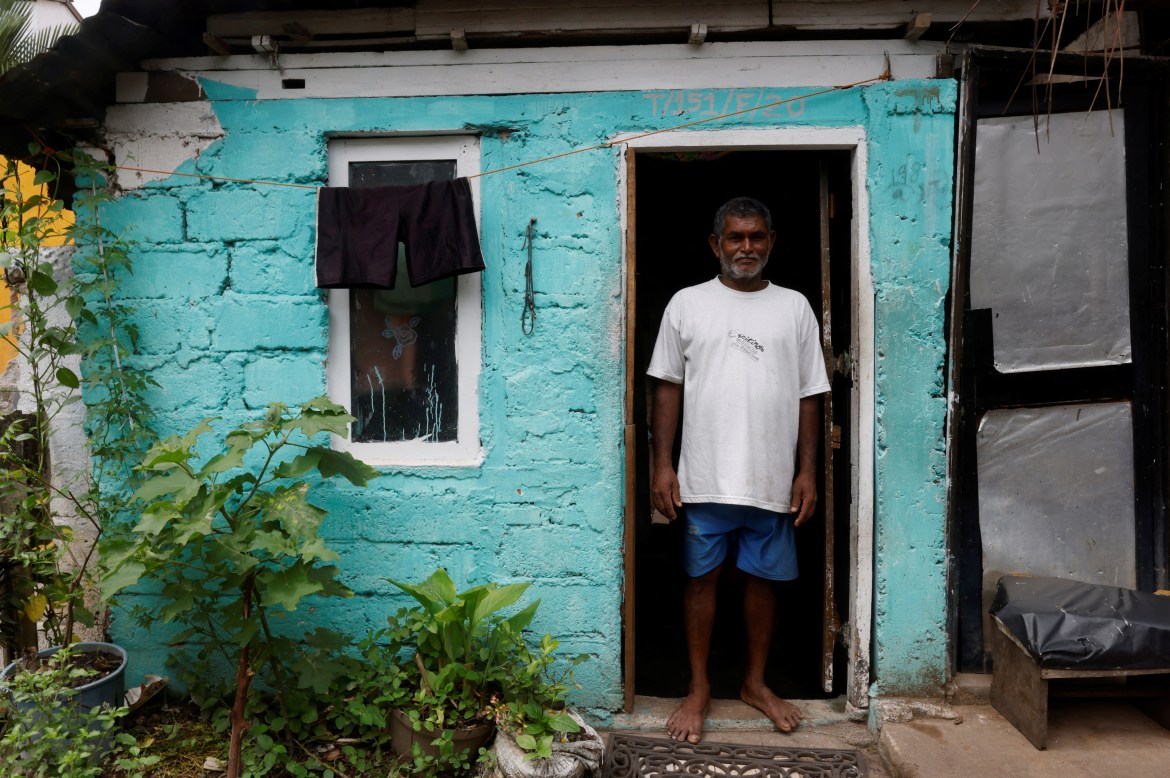
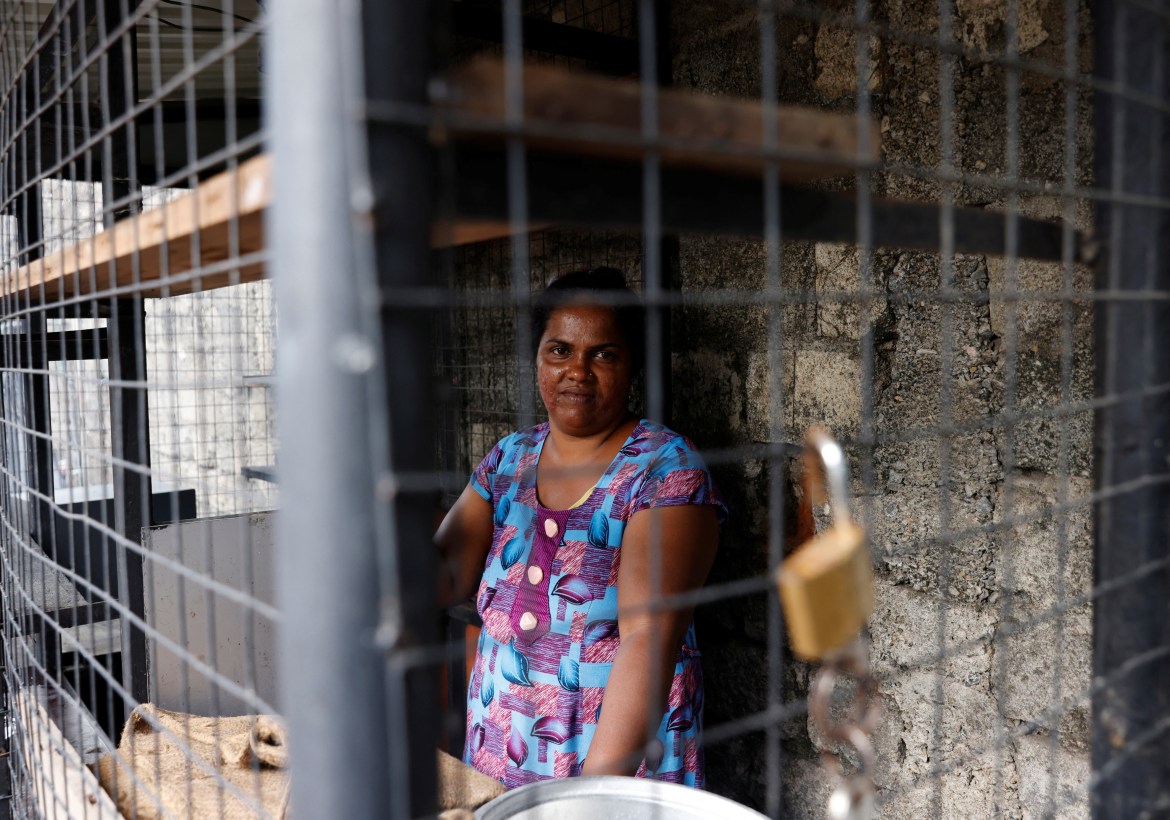
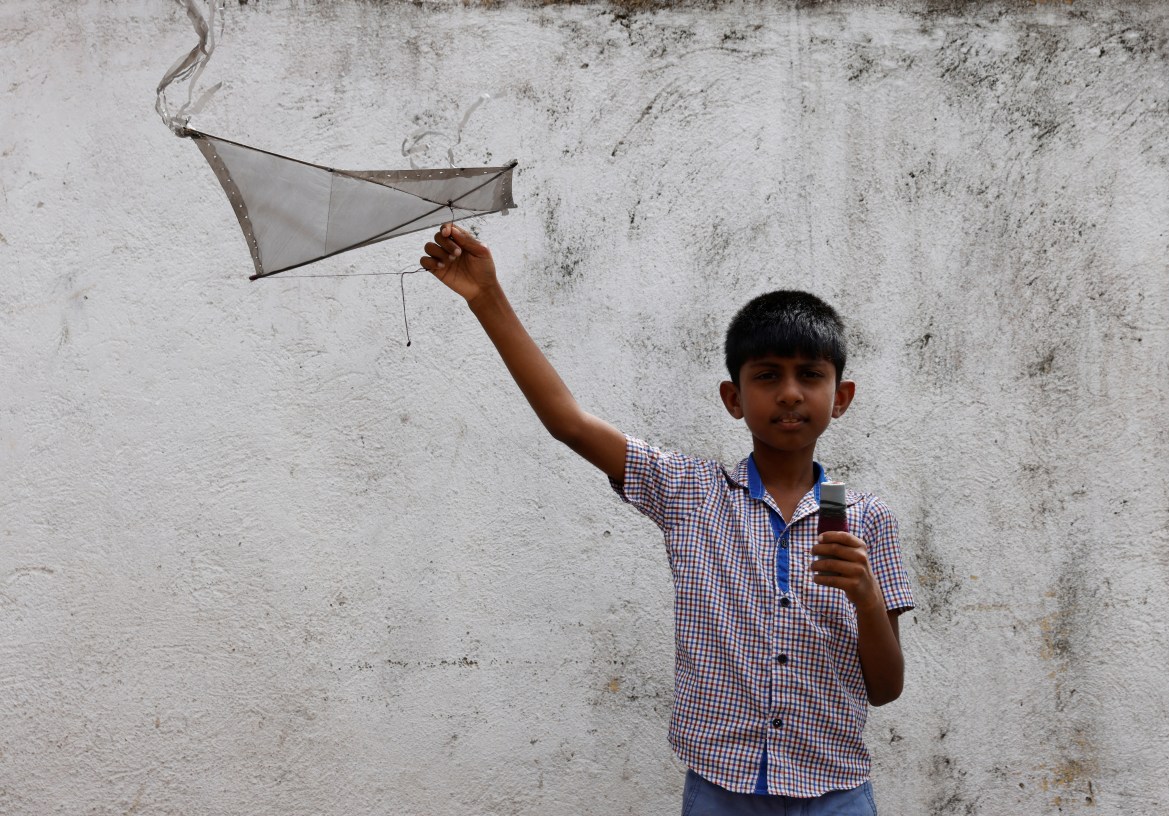


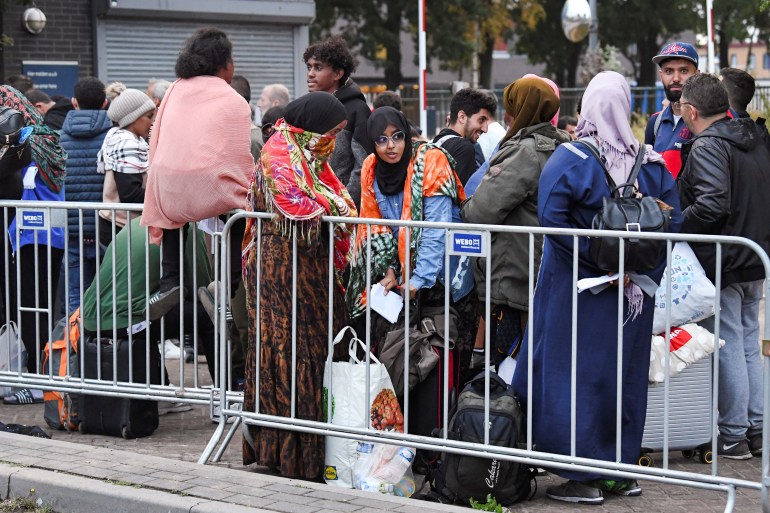

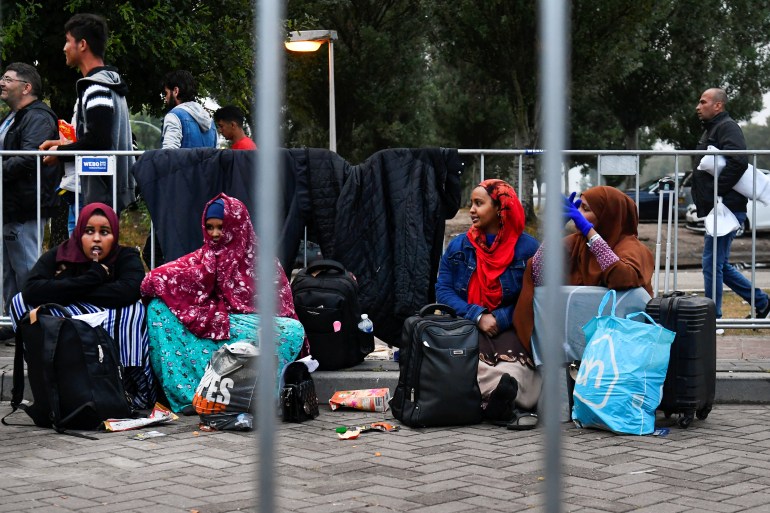

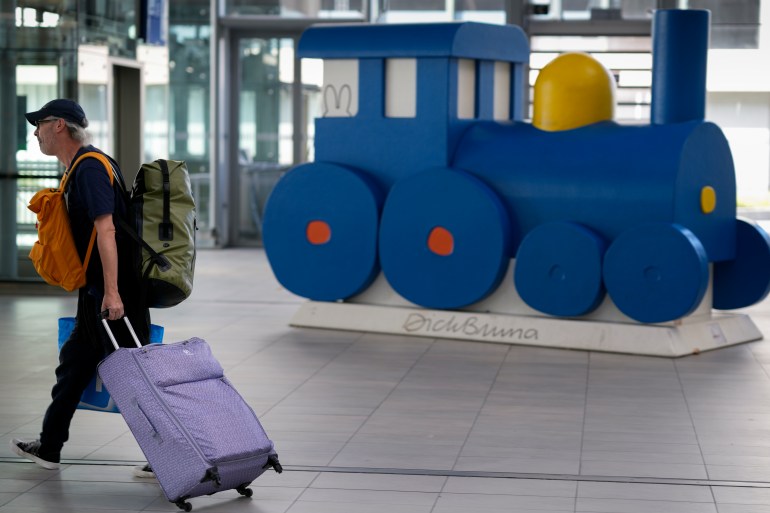

![Dutch Defence Minister Kajsa Ollongren pays tribute to the victims of the 1995 Srebrenica massacre, during a mass burial at the memorial cemetery in the village of Potocari, near eastern Bosnian town of Srebrenica, on July 11, 2022 [Elvis Barukcic/AFP]](https://www.aljazeera.com/wp-content/uploads/2022/07/000_32E922Q.jpg?resize=770%2C513)
